MOBA Game Mechanics & Esports Team Practice
The world of competitive MOBAs is a fascinating blend of intricate game mechanics and rigorous team strategies. Understanding both the fundamental and advanced mechanics of games like League of Legends or Dota 2 is crucial for success, but mastering them requires more than individual skill. This exploration delves into the core mechanics of MOBAs, illustrating how effective lane control, itemization, map awareness, and team fighting contribute to victory. Furthermore, we’ll examine the vital role of esports team practice, including training regimens, VOD review, and the importance of communication in achieving peak performance.
From analyzing key performance indicators (KPIs) to adapting to meta shifts, we will uncover the strategies employed by professional teams to maintain a competitive edge. This comprehensive overview aims to provide both a theoretical and practical understanding of what it takes to excel in the demanding world of competitive MOBA esports.
Core MOBA Game Mechanics
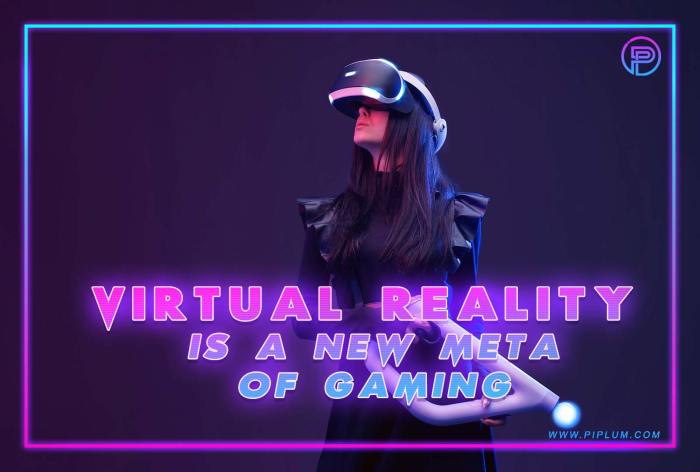
Mastering the core mechanics of a MOBA is crucial for success. Understanding lane control, itemization, team composition, and map awareness forms the foundation of effective gameplay, whether you’re a casual player or an aspiring esports professional. This section will delve into these fundamental aspects.
Lane Control
Lane control refers to a team’s ability to dominate a specific lane, denying the opposing team resources and experience. Effective lane control involves several factors, including last-hitting minions for gold, denying enemy last hits, controlling the wave, and harassing or killing the opposing laner. Strategies vary across MOBAs. In League of Legends, for example, strong early-game champions can aggressively push the lane to force the enemy to recall, creating a gold and experience advantage. Conversely, in Dota 2, a more passive laning phase focusing on safe farming and denying the enemy creep score can be effective. The specific strategy employed depends heavily on the chosen champion’s abilities and the enemy team’s composition.
Itemization’s Impact on Gameplay
Itemization plays a vital role in shaping a champion’s capabilities and overall effectiveness. Choosing the right items can dramatically enhance a champion’s strengths, mitigate their weaknesses, and counter the enemy team’s composition. For instance, a carry in Dota 2 might build items that prioritize critical strike chance and attack speed to maximize damage output against enemy heroes with low armor, while a support might focus on items that enhance mana regeneration and provide utility spells to aid their team. In League of Legends, a tank might build items that increase health and resistances to absorb damage, while a mage might focus on items that increase ability power and mana to maximize their spell damage. Effective itemization requires adapting to the game’s flow and responding to the enemy team’s strategies.
Common MOBA Character Roles and Responsibilities
The following table illustrates the typical roles and responsibilities of common MOBA characters. Understanding these roles is crucial for effective team composition and synergy.
| Role | Primary Responsibilities | Typical Characteristics | Example Champions (League of Legends) |
|---|---|---|---|
| Carry | Deal significant damage, secure kills, carry the team in late game | High damage output, often fragile | Ezreal, Jinx, Vayne |
| Support | Protect carries, provide utility, control vision | High utility, often low damage output | Janna, Lulu, Soraka |
| Tank | Absorb damage, initiate fights, protect allies | High health and resistances, often low damage output | Amumu, Leona, Rammus |
| Mage | Deal high burst damage from a distance, control the battlefield | High ability power, often fragile | Annie, Ahri, Veigar |
Map Awareness and Objective Control
Map awareness and objective control are intrinsically linked to victory in MOBAs. Map awareness involves constantly monitoring the mini-map, tracking enemy movements, and anticipating their actions. Objective control focuses on securing crucial objectives such as towers, dragons (in League of Legends), Roshan (in Dota 2), and other map-specific objectives that provide significant advantages. For example, securing Baron Nashor in League of Legends provides a significant team-wide power boost, while securing Roshan in Dota 2 grants your team powerful buffs and Aegis of the Immortal, allowing for a risky push or comeback. Successful strategies often involve coordinated team efforts to secure objectives while maintaining map awareness to counter enemy movements and prevent them from interfering.
Advanced MOBA Game Mechanics
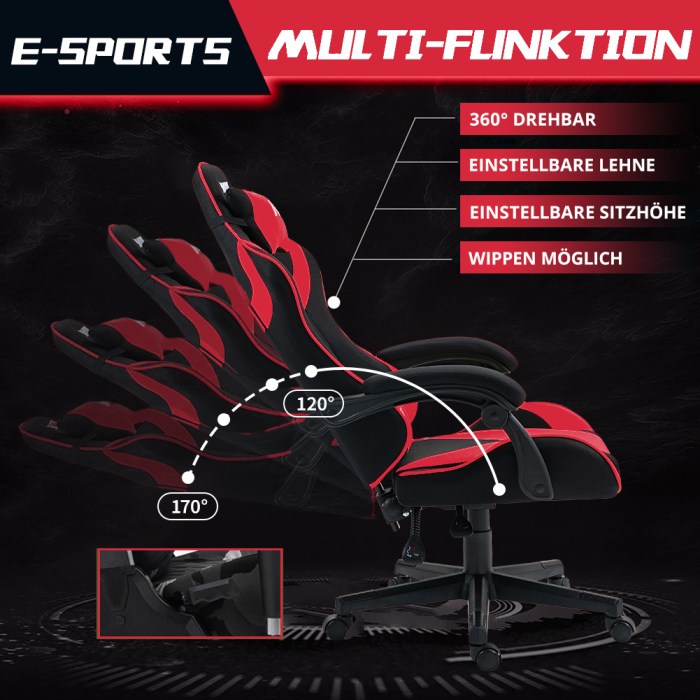
Mastering the core mechanics of a MOBA is only the first step towards true proficiency. Understanding and effectively utilizing advanced strategies is crucial for climbing the ranked ladder and achieving success in competitive play. This section delves into the complexities of team fighting, ganking, control schemes, and jungle strategies, providing a deeper understanding of the strategic nuances that separate skilled players from the rest.
Team Fighting and Positioning
Effective team fighting hinges on coordinated action and strategic positioning. A poorly positioned team can easily be overwhelmed, even if individual players are highly skilled. Understanding the strengths and weaknesses of your team composition, as well as those of the enemy team, is paramount to victory.
- Prioritize Target Selection: Focus fire on high-value targets (e.g., enemy carries) first. Ignoring this principle can lead to drawn-out fights and unnecessary losses.
- Maintain Formation: A cohesive formation, such as a staggered line or a kite formation, provides better control over the battlefield and minimizes the impact of area-of-effect abilities.
- Utilize Crowd Control (CC): Coordinated use of crowd control abilities can disrupt enemy attacks and create opportunities for significant damage.
- Awareness of Cooldowns: Knowing your own and your teammates’ cooldown timers is critical for effective decision-making during team fights.
- Adapt to the Situation: Team fights are dynamic; be prepared to adjust your positioning and strategy based on the flow of battle.
Ganking and Counter-Ganking
Ganking, the act of ambushing an enemy laner, is a powerful tool for securing kills and disrupting the enemy’s farming pattern. Counter-ganking, the act of intercepting a gank attempt, is equally important for protecting your team.
Successful gank strategies often involve utilizing the element of surprise, exploiting vision weaknesses, and coordinating with a teammate. For example, a jungler might use a smoke screen ability to approach an unsuspecting enemy laner, then unleash a burst of damage with a teammate for a quick kill.
Counter-ganking requires good map awareness and quick reaction time. Hearing a teammate’s call for help or spotting enemy movements on the minimap are crucial for successful intervention. A well-timed counter-gank can turn a potentially disastrous situation into a team-wide advantage. For instance, if a jungler is seen ganking a lane, the opposing jungler might intercept them, turning the gank into a 2v2 or even a 3v2 engagement.
MOBA Control Schemes
Different players prefer different control schemes, each offering unique advantages and disadvantages. The choice often comes down to personal preference and experience.
| Feature | WASD Movement | Mouse-Only Movement | Hybrid Movement |
|---|---|---|---|
| Movement Precision | High | Moderate | High |
| Camera Control | More Precise | Less Precise | Highly Precise |
| Skillshot Accuracy | High (with practice) | Moderate | High |
| Learning Curve | Steeper | Gentle | Moderate |
Jungle Strategies and Pathing
The jungle is a crucial area in MOBAs, providing resources and opportunities for influencing the game’s flow. Different jungle pathing strategies exist, each with its own advantages and disadvantages.
A common strategy is the “speed-clearing” approach, where the jungler focuses on rapidly clearing camps to gain experience and gold, allowing for early ganks. However, this strategy can leave the jungler vulnerable to counter-jungling. Alternatively, a “power-farming” approach prioritizes securing high-value camps to maximize gold and experience gain, but this might delay ganking opportunities. A balanced approach that incorporates both clearing and ganking is often the most effective. The optimal pathing will also depend on the specific hero being played, their abilities, and the overall game state. For instance, a jungler with strong early-game ganking potential might prioritize paths that lead to enemy lanes, while a jungler with stronger late-game scaling might focus on farming efficiently.
Esports Team Practice Strategies
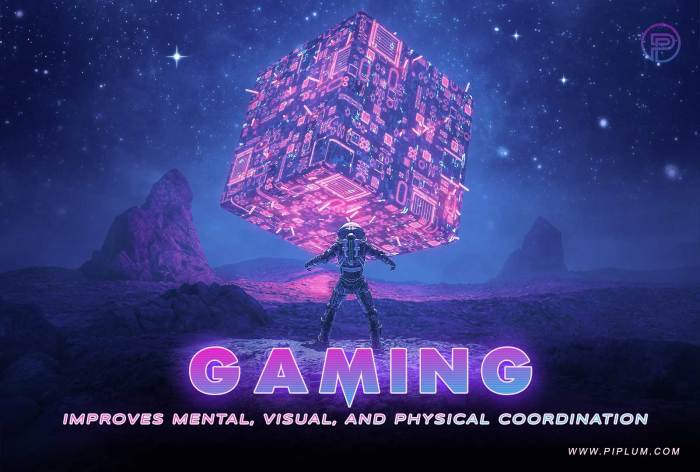
Professional MOBA esports teams dedicate significant time and resources to structured practice regimens, aiming to hone individual skills, improve team coordination, and develop winning strategies. Effective training incorporates a blend of individual drills, team scrimmages, and in-depth performance analysis. This approach fosters a continuous learning cycle, allowing teams to adapt and improve consistently.
Effective Training Regimens
High-performing MOBA esports teams typically employ multifaceted training programs. These programs often include daily individual practice sessions focused on hero mastery, laning mechanics, and map awareness. Team scrimmages against other professional or high-level amateur teams are crucial for testing strategies and identifying weaknesses under pressure. Furthermore, dedicated time is allocated for reviewing past matches (VOD review), strategic planning sessions, and physical and mental conditioning exercises. For example, teams like T1 (League of Legends) are known for their rigorous individual practice regimes, combined with intense, highly analytical scrimmages and VOD reviews. They meticulously track individual player performance across various metrics, using this data to inform training plans and identify areas for improvement.
Sample Practice Schedule
A typical week for a professional MOBA esports team might look like this:
| Day | Morning | Afternoon | Evening |
|---|---|---|---|
| Monday | Individual hero practice | Team scrimmages | VOD review & strategy session |
| Tuesday | Individual laning practice | Team scrimmages | Team building activities / Physical training |
| Wednesday | Map awareness training | Team composition practice | VOD review & strategic adjustments |
| Thursday | Individual hero practice (focus on weaknesses) | Scrimmages against specific team types | Team analysis and feedback |
| Friday | Team draft practice | Scrimmages focusing on late-game scenarios | Rest and recovery |
| Saturday | Rest and recovery | Optional: Public appearances/community engagement | Optional: Casual gaming/team bonding |
| Sunday | Individual review and personal practice | Team planning and preparation for upcoming matches | Rest and recovery |
This schedule is a sample and can vary significantly depending on the team’s needs and tournament schedule.
The Role of VOD Review in Improving Team Performance
VOD (Video on Demand) review is an integral part of professional MOBA esports team practice. By analyzing past matches, teams can identify recurring mistakes, pinpoint strategic flaws, and refine their overall gameplay. For instance, a VOD review might reveal a team’s tendency to overextend in the mid-game, leading to repeated team fights lost. This insight would then inform targeted practice sessions focusing on map awareness, objective control, and more disciplined team fighting. Another example could be the identification of communication breakdowns during crucial moments, leading to improved communication strategies and callouts during practice sessions. A detailed breakdown of individual player performance, including kill participation, CS (Creep Score), and ward placement, allows for focused training on individual weaknesses and maximizing strengths.
Importance of Communication and Teamwork in Esports Team Practice
Effective communication and teamwork are fundamental to success in MOBA esports. Clear and concise communication during practice ensures that strategies are understood, roles are defined, and team members react efficiently to dynamic in-game situations. Strategies for improving team communication include implementing standardized callouts, utilizing in-game communication tools effectively, and conducting regular communication drills. Teams often use dedicated communication software to coordinate their actions, such as Discord or TeamSpeak. Regular practice sessions focusing on precise callouts for objectives, enemy movements, and teamfight initiation improve response times and coordination. Active listening and constructive feedback are equally important for building a strong team dynamic and improving communication effectiveness.
Analyzing Esports Team Performance
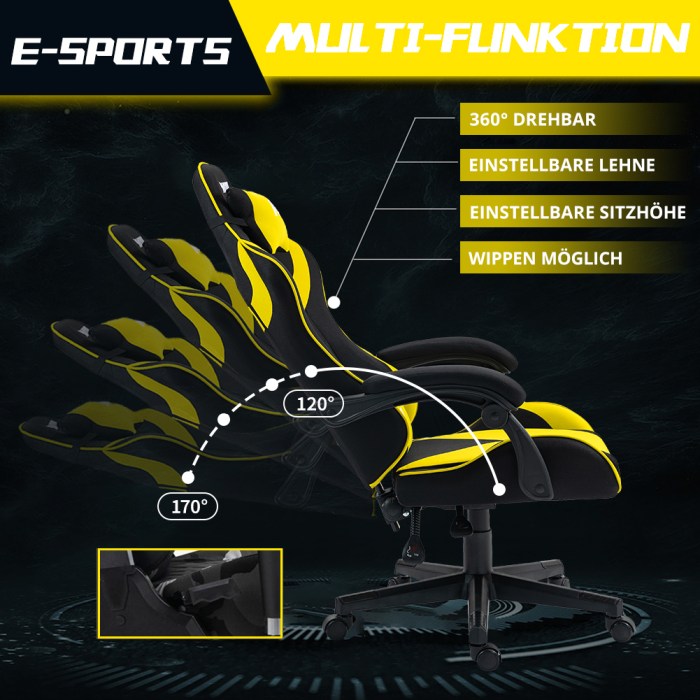
Analyzing esports team performance is crucial for sustained success. A deep understanding of key performance indicators (KPIs), coaching methodologies, and data-driven decision-making allows teams to identify weaknesses, refine strategies, and ultimately achieve victory. This analysis goes beyond simply winning or losing; it delves into the intricacies of gameplay, player performance, and team dynamics to uncover areas for improvement.
Key Performance Indicators (KPIs) in MOBA Esports
Effective performance analysis relies on quantifiable metrics. The following table Artikels several KPIs commonly used to assess MOBA esports team performance. These metrics provide a comprehensive overview of team strengths and weaknesses across various aspects of gameplay.
| KPI Category | Specific KPI | Description | Example |
|---|---|---|---|
| Objective Control | Dragons slain | Number of objectives secured, indicating map control and resource acquisition. | Team A secured 5 dragons, while Team B secured 2. |
| Gold Differential | Average gold difference at 15 minutes | Measures the economic disparity between teams, reflecting resource management and efficiency. | Team A had an average gold lead of 3,000 at 15 minutes. |
| Kill Participation | Average kill participation rate | Percentage of team fights and kills a player actively contributes to, showcasing teamwork and impact. | Player X had a 75% kill participation rate. |
| Game Duration | Average game time | Indicates the team’s efficiency and decision-making in closing out games. | Team A’s average game time was 28 minutes. |
Coaching Styles in Professional MOBA Esports
Different coaching styles cater to varying team dynamics and player personalities. While a strict, results-oriented approach might suit some teams, a more collaborative and player-centric style may be more effective for others. Some coaches prioritize strategic macro-play, focusing on overall game plans and objective control. Others may concentrate on micro-level mechanics, honing individual player skills and execution. The optimal approach often depends on the team’s existing strengths and weaknesses.
Data Analysis in Improving Team Strategy and Individual Player Performance
Data analysis is paramount in modern MOBA esports. By meticulously tracking game statistics, teams can identify trends, pinpoint individual player strengths and weaknesses, and optimize team strategies. For instance, analyzing kill participation data can reveal which players consistently contribute to team fights, highlighting those who excel in team engagements and those who may require more support or coaching in this area. Similarly, tracking gold differentials can indicate whether a team is effectively managing resources and executing its strategy. This data can then inform strategic decisions, such as focusing on early-game aggression or a late-game scaling composition. A team consistently losing early-game objectives, for example, might necessitate changes to their draft strategy or early-game play style.
Analyzing a Hypothetical Losing Game
Let’s consider a scenario where Team Alpha loses a match. Their analysis should follow these steps:
1. Review Game Footage: Watch the entire game recording, focusing on key moments such as team fights, objective control, and decision-making.
2. Identify Critical Mistakes: Pinpoint specific instances where Team Alpha fell behind. This could involve poor decision-making, misplays, or unsuccessful team fights.
3. Analyze KPIs: Examine the KPIs, looking for significant discrepancies compared to previous games. For example, a significantly lower gold differential or kill participation rate might point to weaknesses.
4. Individual Player Performance Review: Assess each player’s performance using individual KPIs like KDA (Kills, Deaths, Assists), CS (Creep Score), and map awareness. Identify areas for improvement for each player.
5. Strategic Adjustments: Based on the analysis, the team would discuss potential strategic changes. This could involve altering draft picks, adapting their early-game strategy, or focusing on improved objective control.
6. Develop Practice Plans: Design targeted practice sessions to address identified weaknesses. This might include focused training on team fighting, objective control, or individual mechanical skills.
The Impact of Meta Shifts on MOBA Gameplay and Esports
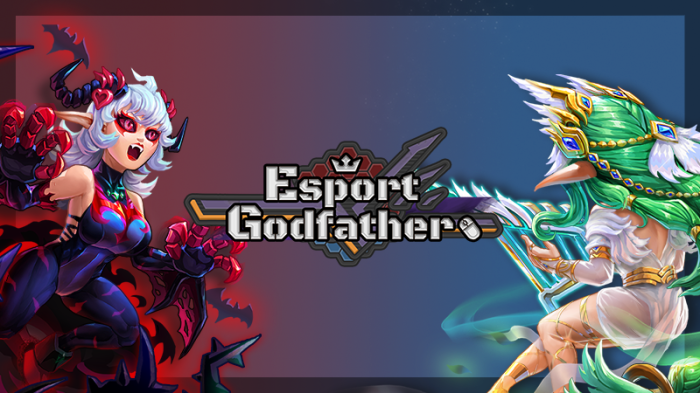
The ever-changing landscape of MOBA games is significantly shaped by meta shifts—the evolution of dominant strategies and champion choices. These shifts profoundly impact gameplay, team compositions, and the overall competitive scene of professional esports. Understanding these meta shifts and how teams adapt is crucial for success at the highest level. The dynamic nature of the meta necessitates constant learning and adaptation from both players and teams.
Meta shifts influence team compositions and strategies by making certain champions or playstyles more or less effective. A change in the game’s balance, whether through champion adjustments or item updates, can drastically alter the viability of previously dominant strategies. This forces teams to re-evaluate their approaches, experiment with new compositions, and refine their strategies to counter emerging trends. This constant evolution keeps the game fresh and exciting for both players and viewers.
Examples of Significant Meta Shifts and Their Impact on Professional Play
The introduction of new champions or significant changes to existing ones often triggers meta shifts. For example, the release of a powerful new tank champion might lead to a surge in tank-heavy team compositions, requiring other teams to adapt their strategies to counter this increased durability. Conversely, the nerfing of a previously dominant champion can lead to a vacuum in team compositions, opening the door for new strategies and champion selections to emerge. A notable example is the shift away from “poke” compositions in League of Legends after several key champions received significant nerfs, leading to a rise in more aggressive, all-in team fighting strategies. These shifts often force professional teams to completely overhaul their strategies and practice routines.
Esports Team Adaptation to Evolving Metas
Successful esports teams adapt to evolving metas through rigorous analysis, practice, and a willingness to experiment. This involves constantly monitoring professional and amateur gameplay, studying patch notes and balance changes, and conducting extensive scrimmages to test new strategies and compositions. Data analysis plays a crucial role, allowing teams to identify trends, assess the effectiveness of different strategies, and fine-tune their approach. Teams often employ specialized coaches or analysts to help in this process, providing valuable insights and guiding the team’s adaptation efforts. For instance, a team might dedicate several days of practice to mastering a new champion or strategy that has proven successful in the current meta. Flexibility and adaptability are key characteristics of successful esports teams.
Visual Representation of a Meta Shift and Its Effect on Game Balance
Imagine a graph with two axes: the horizontal axis representing time and the vertical axis representing the win rate of a particular champion or strategy. Initially, this champion or strategy enjoys a high win rate, represented by a high point on the graph. This represents the dominant meta. Following a patch that nerfs the champion or indirectly impacts the strategy, the win rate begins to drop, shown as a downward trend on the graph. Simultaneously, other champions or strategies, initially less popular, start to see increased win rates, represented by rising lines on the graph. This illustrates the meta shift as the game’s balance adjusts and new strategies emerge to fill the void left by the previously dominant approach. The graph visually represents the ebb and flow of the meta, demonstrating how power shifts among different champions and strategies over time.
Impact of Meta Shifts on Different Roles Within a MOBA Team
Meta shifts impact different roles within a MOBA team in varying ways. For instance, a shift favoring aggressive early-game strategies might heavily impact the jungler and support roles, demanding more proactive and aggressive playstyles. Conversely, a shift towards prolonged team fights could favor tankier champions and those with strong crowd control, impacting the roles of the tank and the mid-laner. The carry role might see changes in itemization and playstyles depending on the prevalence of specific types of enemies in the current meta. The changes are interconnected; a shift in one role often necessitates adjustments in other roles to maintain team synergy and overall effectiveness. This emphasizes the importance of a team’s ability to adapt as a cohesive unit, not just individual players.
Final Review

Ultimately, success in competitive MOBAs hinges on a potent combination of individual mastery of game mechanics and cohesive team synergy. Effective training regimens, insightful VOD analysis, and constant adaptation to evolving metas are all essential components of a winning strategy. By understanding the intricacies of both individual gameplay and team dynamics, aspiring players and teams can significantly enhance their performance and strive for victory in the thrilling arena of professional MOBA esports. The journey from understanding core mechanics to mastering advanced strategies, coupled with rigorous team practice, represents a continuous process of learning and refinement.
Detailed FAQs
What are some common mistakes in MOBA laning phase?
Common mistakes include poor wave management (pushing too hard or letting the enemy push freely), ignoring map awareness (missing ganks or rotations), and inefficient itemization (building items that don’t synergize with the champion or team composition).
How important is mental fortitude in esports?
Mental fortitude is crucial. Players face intense pressure, setbacks, and long hours of practice. Maintaining focus, resilience, and a positive attitude under pressure is key to success.
What role does coaching play in esports team success?
Coaches provide strategic guidance, analyze gameplay, identify weaknesses, and help improve team communication and coordination. They are vital for consistent improvement and success.
How can I improve my individual skill in a MOBA?
Focus on consistent practice, watch professional players and analyze their gameplay, learn from mistakes, and understand the strengths and weaknesses of your chosen champion.


